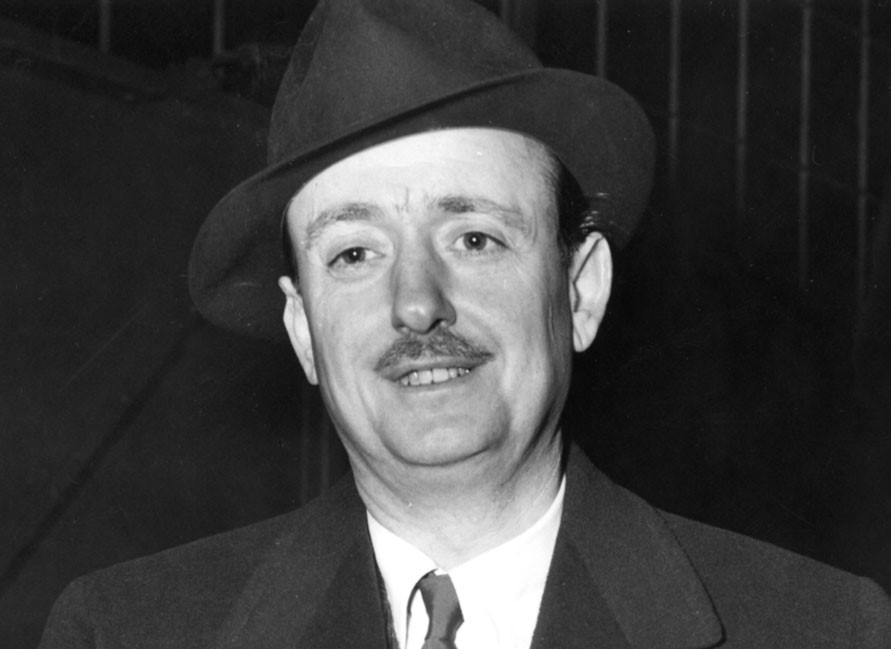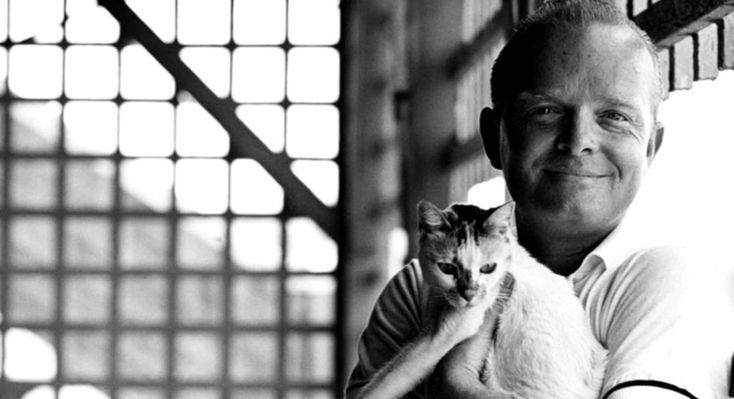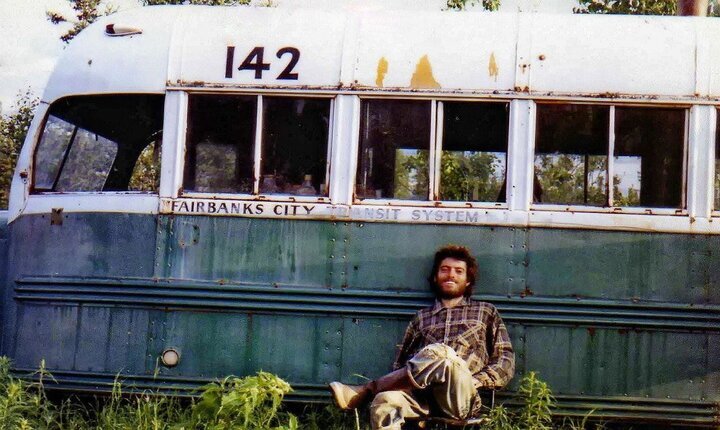Общественное животное: введение в социальную психологию - Эллиот Аронсон
Книгу Общественное животное: введение в социальную психологию - Эллиот Аронсон читаем онлайн бесплатно полную версию! Чтобы начать читать не надо регистрации. Напомним, что читать онлайн вы можете не только на компьютере, но и на андроид (Android), iPhone и iPad. Приятного чтения!
Шрифт:
Интервал:
Закладка:
38
Haney, C. (1984). Examining death qualification: Further analysis of the process effect. Law and Human Behavior, 8, 133–151.
39
Kelman, H. (1961). Processes of opinion change. Public Opinion Quarterly, 25, 57–78.
40
Kiesler, С., Zanna, M., & De Salvo, J. (1966). Deviation and conformity: Opinion change as a function of commitment, attraction, and presence of a deviate. Journal of Personality and Social Psychology, 3, 458–467.
41
Vogler, R., Weissbach, Т., Compton, J., & Martin, G. (1977). Integrated behavior change techniques for problem drinkers in the community. Journal of Consulting and Clinical Psychology, 45, 267–279. Kuetner, С., Lichtenstein, E., andMees, H. (1968). Modification of smoking behavior: A review. Psychological Bulletin, 70, 520–533.
42
Milgram, S. (1963). Behavioral study of obedience. Journal of Abnormal and Social Psychology, 67, 371–378. Milgram, S. (1965). Some conditions of obedience and disobedience to authority. Human Relations, 18, 57–76. Milgram, S. (1974). Obedience to authority. New York: Harper & Row.
43
Elms, A.C., & Milgram, S. (1966). Personality characteristics associated with obedience and defiance toward authoritative command. Journal of Experimental Research in Personality, 1, 282–289.
44
Kilham, W., & Mann, L. (1974). Level of destructive obedience as a function of transmitter and executant roles in the Milgram obedience paradigm. Journal of Personality and Social Psychology, 29, 696–702. Shanab, M., & Yahya, K. (1977). A behavioral study of obedience in children. Journal of Personality and Social Psychology, 35, 530–536. Miranda, KB., Caballero, R.B., Gome?.. M.G., &Zamorano, M.M. (1981). Obedience to authority. Psiquis: Revista de Psiquiatria, Psicologiay Psicosomatica, 12, 212–221. Mantell, D. (1971). The potential forviolence in Germany. Journal of Social Issues, 27, 101–112.
45
Milgram, S. (1974). Obedience to authority. New York: Harper & Row. Sheridan, C., & King, R. (1972, August). Obedience to authority with an authentic victim. Paper presented at the convention of the American Psychological Association.
46
Milgram, S. (1965). Liberating effects of group pressure. Journal of Personality and Social Psychology, 1, 127–134.
47
Milgram, S. (1965), Some conditions of obedience and disobedience to authority. Human Relations, 18, 57–76.
48
Milgram, S. (1965). Liberating effects of group pressure. Journal of Personality and Social Psychology, 127–134.
49
Rosenthal, A.M. (1964), Thirty-eight witnesses. New York: McGraw-Hill.
50
Korte, C., & Kerr, N. (1975). Response to altruistic opportunities in urban and nonurban settings. Journal of Social Psychology, 95, 183–184. Rushton, J.P. (1978). Urban density and altruism: Helping strangers in a Canadian city, suburb, and small town. Psychological Reports, 43, 987–990.
51
Darley, J., Latane, B. (1968). Bystander intervention in emergencies: Diffusion of responsibility. Journal of Personality and Social Psychology, 8, 377–383. Latane, В., & Darley, J. (1968). Group inhibition of bystander intervention in emergencies. Journal of Personality and Social Psychology, 10, 215–221. Latane, В., & Rodin, J. (1969). A lady in distress: Inhibiting effects of friends and strangers on bystander intervention. Journal of Experimental Social Psychology, 5,189–202.
52
Latane, В., & Nida, S. (1981). Ten years of research on group size and helping. Psychological Bulletin, 89,308–324.
53
Latane & Rodin, Lady in distress.
54
Darley & Latane, Bystander intervention.
55
Piliavin, 1., Rodin, J., & Piliavin, J. (1969). Good samaritanism: An underground phenomen? Journal of Personality and Social Psychology, 13, 289–299.
56
Bickman, L. (1971). The effect of another bystander’s ability to help on bystander intervention in an emergency. Journal of Experimental Social Psychology, 7, 367–379. Bickman, L. (1972). Social influence and diffusion of responsibility in an emergency. Journal of Experimental Psychology, 8, 438–445.
57
Piliavin, J., & Piliavin, E. (1972). The effect of blood on reactions to a victim. Journal of Personality and Social Psychology, 23, 353–361.
58
Darley, J., & Batson, D. (1973). «From Jerusalem to Jericho»: A study of situational and dispositional variables in helping behavior. Journal of Personality and Social Psychology, 27,100–108.
59
Clark, III, R., & Word, L. (1972). Why don’t bystander help? Because of ambiguity? Journal of Personality and Social Psychology, 24, 392–400. Solomon, L., Solomon, ff., & Stone, R. (1978). Helping as a function of number of bystanders and ambiguity of emergency. Personality and Social Psychology Bulletin, 4, 318–321.
60
Baron, R.A. (1970). Magnitude of model’s apparent pain and ability to aid the model as determinants of observer reaction time. Psychonomic Science, 21, 196–197.
61
Suedfeld, P., Bochner, S., & Wnek, D. (1972). Helper-sufferer similarity and a specific request for help: Bystander intervention during a peace demonstration. Journal of Applied Social Psychology, 2,17–23.
62
АВС to air major nuclear war film. (1983, September). Report from Ground Zero, J(l), 1–2.
63
Schofield, J. W., & Pavelchak, M.A. (1989). Fallout from «The Day After»: The impact of a TV film on attitudes related to nuclear war. Journal of Applied Social Psychology, 19,433–448.
64
Newsweek, June 2, 1974, p. 79. O’Connor, J.J. (1974, March 10). They sell all kinds of drugs on television. The New York Times, p. D15.
65
Roberts, C. (1993). Special Report, National Public Radio, Morning Edition, September 3, 1993.
66
Mark Levy, цит. по: Time, October 1, 1979,
Прочитали книгу? Предлагаем вам поделится своим отзывом от прочитанного(прослушанного)! Ваш отзыв будет полезен читателям, которые еще только собираются познакомиться с произведением.
Уважаемые читатели, слушатели и просто посетители нашей библиотеки! Просим Вас придерживаться определенных правил при комментировании литературных произведений.
- 1. Просьба отказаться от дискриминационных высказываний. Мы защищаем право наших читателей свободно выражать свою точку зрения. Вместе с тем мы не терпим агрессии. На сайте запрещено оставлять комментарий, который содержит унизительные высказывания или призывы к насилию по отношению к отдельным лицам или группам людей на основании их расы, этнического происхождения, вероисповедания, недееспособности, пола, возраста, статуса ветерана, касты или сексуальной ориентации.
- 2. Просьба отказаться от оскорблений, угроз и запугиваний.
- 3. Просьба отказаться от нецензурной лексики.
- 4. Просьба вести себя максимально корректно как по отношению к авторам, так и по отношению к другим читателям и их комментариям.
Надеемся на Ваше понимание и благоразумие. С уважением, администратор knigkindom.ru.
Оставить комментарий
-
 Гость Светлана23 ноябрь 13:52
Как раз тот случай, когда героиня кроме раздражения ничего не вызывает. Читала другие книги Майер и ощущение, что писал кто -то...
Ты еще маленькая - Кристина Майер
Гость Светлана23 ноябрь 13:52
Как раз тот случай, когда героиня кроме раздражения ничего не вызывает. Читала другие книги Майер и ощущение, что писал кто -то...
Ты еще маленькая - Кристина Майер
-
 Гость Евгения17 ноябрь 16:05
Читать интересно. Очень хороший перевод. ...
Знаки - Дэвид Бальдаччи
Гость Евгения17 ноябрь 16:05
Читать интересно. Очень хороший перевод. ...
Знаки - Дэвид Бальдаччи
-
 Юлианна16 ноябрь 23:06
Читаю эту книгу и хочется плакать. К сожалению, перевод сделан chatGPT или Google translator. Как иначе объяснить, что о докторе...
Тайна из тайн - Дэн Браун
Юлианна16 ноябрь 23:06
Читаю эту книгу и хочется плакать. К сожалению, перевод сделан chatGPT или Google translator. Как иначе объяснить, что о докторе...
Тайна из тайн - Дэн Браун










